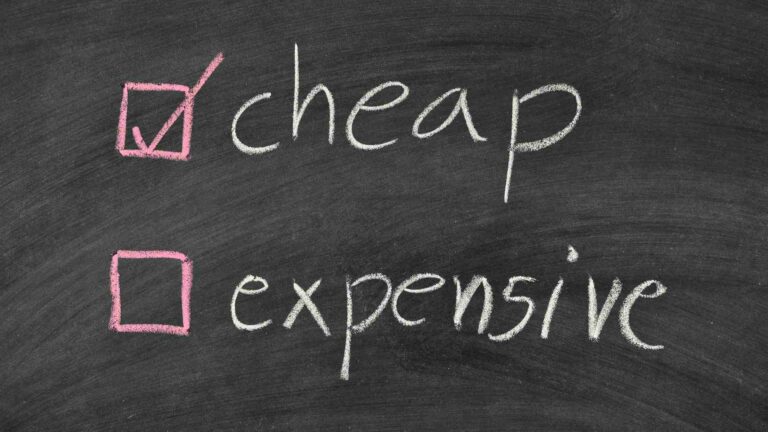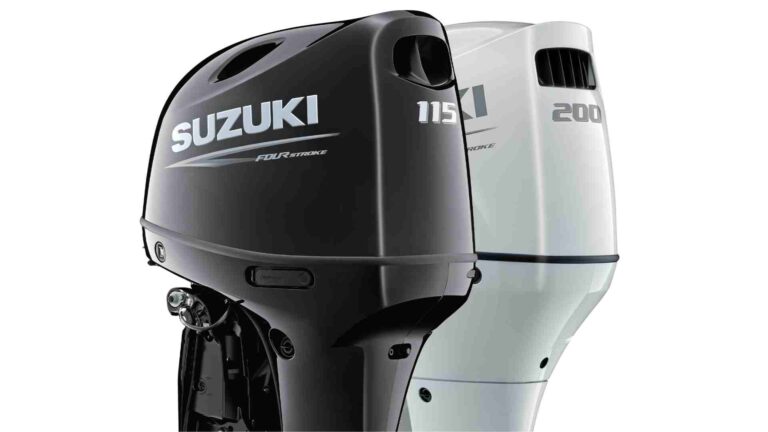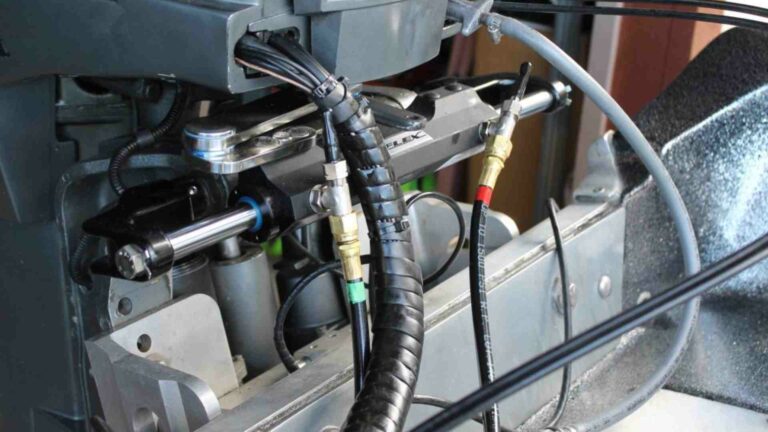How to Read the Fuel Gauge on Boats: Troubleshoot Guide
Understanding how to read the fuel gauge on a boat is essential for every boater. It allows you to monitor your fuel levels accurately and ensures that you have enough fuel for your journey.
By properly reading the fuel gauge, you can plan your trips accordingly and avoid unexpected fuel shortages. In this article, we will provide a comprehensive guide on how to read the fuel gauge on boats, covering the different types of fuel gauges, interpreting the readings, and tips for accurate fuel level monitoring.
Whether you’re a seasoned boater or a beginner, this guide will help you navigate the waters with confidence and peace of mind.
What is the purpose and function of the fuel gauge on boats?
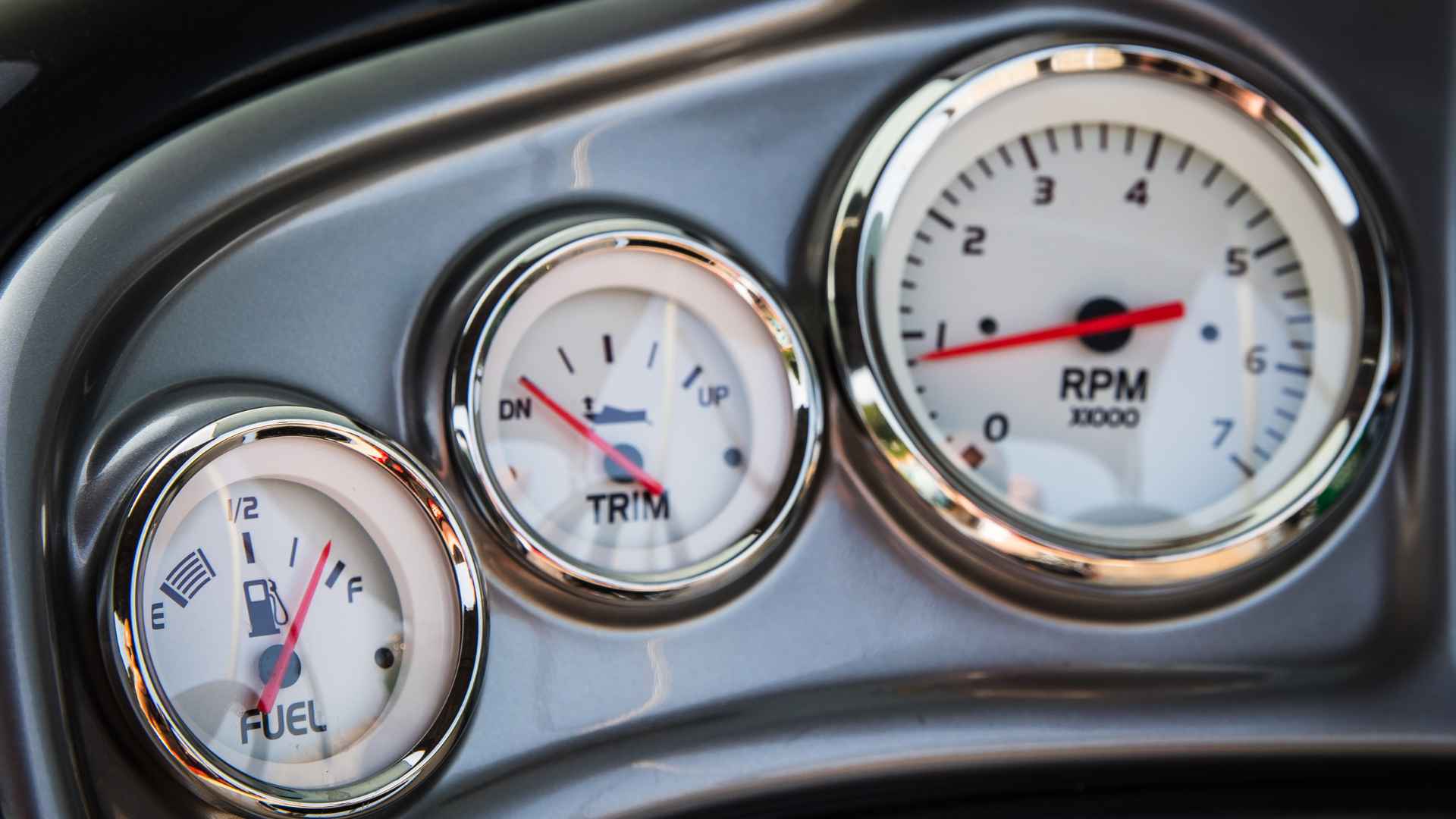
The fuel gauge on boats serves a crucial role in providing a visual representation of the fuel level in the boat’s fuel tank. It allows boaters to monitor the amount of fuel remaining, ensuring efficient trip planning and avoiding fuel-related issues.
The fuel gauge typically consists of a display or indicator on the boat’s dashboard that shows the fuel level. This display can be in the form of an analog gauge with a needle or a digital display with numeric values or bars.
The primary function of the fuel gauge is to provide boaters with an estimation of how much fuel is available. This information is vital for planning trips and ensuring that there is sufficient fuel for the intended duration of the journey. It helps boaters avoid the risk of running out of fuel in the middle of the water, which can be not only inconvenient but also dangerous.
Accurate fuel level readings are essential for making informed decisions about refueling. By knowing the fuel level, boaters can plan refueling stops at suitable locations and avoid running out of fuel in remote or inaccessible areas.
Moreover, the fuel gauge provides an early warning system for potential fuel-related issues. A sudden drop in the fuel level, inconsistent readings, or erratic behavior of the gauge may indicate a problem with the fuel system, such as a malfunctioning fuel pump or a fuel leak. Regularly monitoring the fuel gauge allows boaters to identify these issues early on and take appropriate action to ensure safety and prevent further damage.
In summary, the fuel gauge on boats serves the vital purpose of providing a visual representation of the fuel level in the boat’s fuel tank. It helps boaters plan their trips efficiently, avoid running out of fuel, and detect potential fuel system issues.
What are the different types of fuel gauges commonly found on boats?
Fuel gauges on boats come in different types, each with its own characteristics and ways of displaying fuel levels. The two most common types of fuel gauges are analog gauges and digital gauges.
1. Analog Gauges:
Analog gauges use a needle to indicate the fuel level on a dial or scale. The needle moves along the scale, indicating the amount of fuel remaining in the tank. These gauges are typically found in older boats and have been a traditional method of displaying fuel levels. The needle usually points to “Full” when the tank is completely filled and moves towards “Empty” as the fuel level decreases.
Pros:
- Familiarity: Many boaters are accustomed to analog gauges and find them intuitive to read.
- Quick Glance: Analog gauges provide a quick visual reference of the fuel level without needing to interpret numeric values or bar displays.
- Durability: Analog gauges are generally robust and less prone to malfunctions or electronic failures.
Cons:
- Precision: Analog gauges may not provide precise readings, especially when the fuel level is in between the marked increments on the dial.
- Calibration Issues: Over time, analog gauges can become less accurate due to wear or calibration drift.
- Sensitivity to Sloshing: The movement of fuel within the tank during boat maneuvers can cause the needle to fluctuate, making it more challenging to determine the exact fuel level.
2. Digital Gauges:
Digital gauges use numeric or bar display to show the fuel level in a more precise manner. Numeric displays provide an exact numerical reading of the fuel level, while bar displays use bars to indicate the remaining fuel.
Pros:
- Accuracy: Digital gauges offer more precise readings, allowing boaters to have a better understanding of the actual fuel level.
- Additional Information: Some digital gauges provide extra features like fuel consumption rate, distance to empty, or fuel flow data, which can be helpful for planning and managing fuel usage.
- Customization: Digital gauges often allow customization of the display format, units, and additional data parameters, providing flexibility to suit individual preferences.
Cons:
- Learning Curve: Digital gauges may require some time and familiarity to understand the display format and navigate through different menus or settings.
- Potential for Malfunctions: Digital gauges rely on electronic components, and malfunctions or software glitches can occur, leading to inaccurate readings or system failures.
- Cost: Digital gauges are generally more expensive than analog gauges, especially if advanced features or integration with other systems are included.
Remember, regardless of the type of fuel gauge, it’s important to regularly calibrate and maintain the gauge, and to cross-reference the readings with other indicators or measurements for the most accurate assessment of fuel levels on your boat.
Interpreting Analog Fuel Gauges
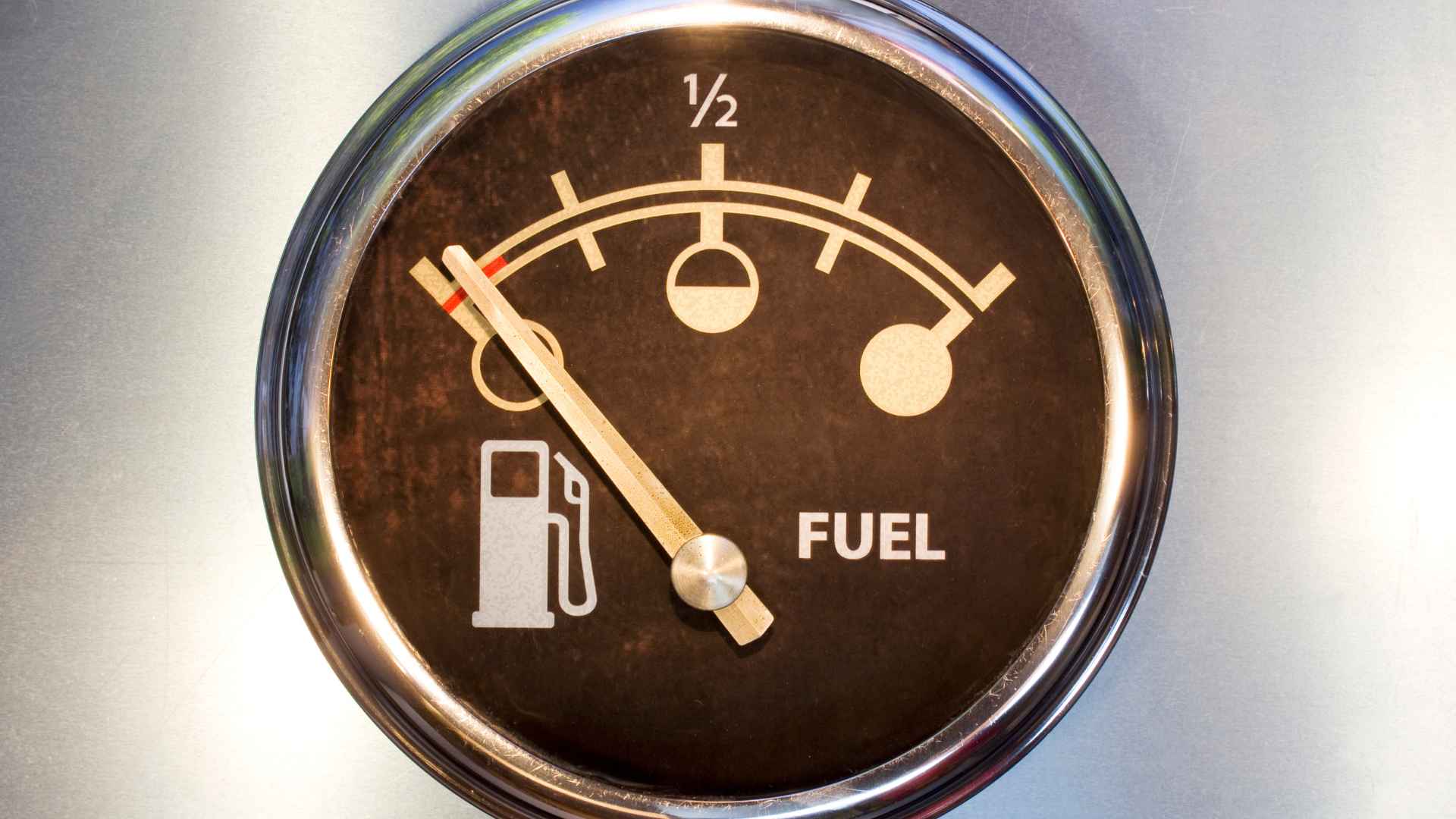
Interpreting analog fuel gauges requires understanding the symbols and markers on the gauge and how they correspond to the fuel level.
Here’s a guide to help you interpret analog fuel gauges:
- Full and Empty Symbols: Most analog fuel gauges have symbols indicating “F” for full and “E” for empty. The needle should align with one of these symbols when the tank is at its respective capacity.
- Markers or Incremental Lines: Analog fuel gauges typically have markers or incremental lines on the scale representing different fuel levels. These lines may be labeled with fractions or percentages (e.g., 1/4, 1/2, 3/4) or simply represented by lines without specific labeling.
- Needle Position: The position of the needle relative to the markers or symbols indicates the current fuel level. As the fuel level decreases, the needle moves towards the “E” symbol. Conversely, as the fuel level increases, the needle moves towards the “F” symbol.
- Intermediate Readings: Analog fuel gauges may have additional markers or lines between the major markers. These intermediate readings help provide a more precise estimation of the fuel level. Estimate the fuel level based on the position of the needle in relation to these intermediate markers.
- Accuracy Considerations: Keep in mind that analog fuel gauges may have limitations in precision. Due to variations in gauge calibration and fuel sloshing within the tank during boat movements, the needle’s position may not always be an exact representation of the fuel level. It’s essential to consider these factors when interpreting analog fuel gauges.
Remember, each boat may have slight variations in gauge design, so it’s recommended to refer to the manufacturer’s instructions or consult your boat’s owner’s manual for specific details on interpreting the analog fuel gauge. Additionally, it’s a good practice to cross-reference the fuel gauge reading with other indicators, such as a fuel flow meter or manually measuring the fuel level in the tank, for a more accurate assessment of the fuel quantity.
Interpreting Digital Fuel Gauges
Interpreting digital fuel gauges is straightforward, as they provide precise numeric values or bar graphs to indicate the fuel level.
Here’s a guide to help you interpret digital fuel gauges:
- Numeric Display: Digital fuel gauges present the fuel level as a specific numeric value, such as the remaining gallons, liters, or a percentage of the tank’s capacity. Simply read the displayed number to determine the current fuel level.
- Bar Graph Representation: Some digital fuel gauges use a bar graph or progress bar to represent the fuel level visually. The bar starts at one end (typically empty) and progresses towards the other end (typically full) as the fuel level increases. By observing the position of the bar within the graph, you can estimate the fuel level.
- Warning or Low Fuel Indicators: Digital fuel gauges may also include warning or low fuel indicators. These indicators often appear when the fuel level reaches a predefined threshold, alerting you to the need for refueling. Pay attention to these indicators to ensure you have sufficient fuel for your boating activities.
- Calibration and Accuracy: Digital fuel gauges are generally more accurate than analog gauges. However, it’s essential to ensure the gauge is properly calibrated for accurate readings. If you suspect any inaccuracies, consult your boat’s owner’s manual or contact the manufacturer for calibration instructions.
Remember to regularly check and calibrate your digital fuel gauge to ensure its accuracy. Additionally, it’s always a good practice to cross-reference the digital fuel gauge reading with other indicators or manual measurements to verify the fuel level. This will help you maintain an accurate understanding of the fuel quantity on your boat.
Factors That Can Affect the Accuracy of Fuel Gauge Readings.

Several factors can affect the accuracy of fuel gauge readings on boats. It’s important to be aware of these factors to avoid misinterpretation. Here are some factors that can impact fuel gauge accuracy:
- Boat Trim: The trim or angle at which the boat sits in the water can affect fuel gauge readings. If the boat is tilted significantly forward or backward, the fuel may not distribute evenly across the tank, leading to inaccurate readings. It’s important to ensure the boat is properly trimmed for accurate fuel level indications.
- Rough Waters: When boating in rough or choppy waters, the fuel inside the tank can slosh around, causing temporary fluctuations in the fuel gauge readings. This is particularly common in boats with larger fuel tanks. It’s advisable to consider these fluctuations as temporary and not indicative of actual fuel consumption.
- Sloshing Fuel: Fuel tanks are designed with baffles or anti-sloshing mechanisms to minimize fuel movement within the tank. However, under certain conditions, such as sudden acceleration, deceleration, or sharp turns, fuel can still slosh inside the tank. This movement can temporarily affect the fuel gauge readings. It’s important to be aware of this potential fluctuation and consider it when interpreting the fuel gauge.
- Calibration: Fuel gauges require periodic calibration to maintain accuracy. Over time, factors like sensor drift or changes in the fuel tank’s shape and dimensions can affect the gauge’s accuracy. If you notice persistent inaccuracies or irregularities in the fuel gauge readings, it may be necessary to calibrate or recalibrate the fuel gauge system. Refer to your boat’s owner’s manual or consult a professional for proper calibration procedures.
- Electrical Issues: Electrical problems, such as loose connections or faulty wiring, can also impact the accuracy of fuel gauge readings. If you suspect an electrical issue, it’s important to inspect the wiring, connections, and gauge itself to ensure they are in good working condition.
While fuel gauges are designed to provide accurate readings, it’s important to consider these factors and exercise caution when interpreting the readings. It’s always a good practice to cross-reference the fuel gauge reading with manual measurements or other indicators to ensure a reliable estimate of the fuel level in your boat’s tank.
Importance of Monitoring Fuel Consumption in Addition to Reading the Fuel Gauge.
Monitoring fuel consumption is an essential practice in addition to reading the fuel gauge on your boat. While the fuel gauge provides a real-time indication of the remaining fuel level, tracking fuel consumption offers several benefits:
- Estimating Range: By monitoring fuel consumption, you can estimate how far you can travel with the current fuel level. This allows you to plan your trips more effectively, especially when boating in remote areas or on long journeys where refueling options may be limited.
- Planning Refueling Stops: Knowing your boat’s average fuel consumption rate helps you plan refueling stops strategically. This is particularly important during extended trips or when navigating unfamiliar waters. By keeping track of fuel consumption, you can identify optimal refueling locations and ensure you don’t run out of fuel.
- Identifying Fuel System Issues: Monitoring fuel consumption can also help detect potential issues with your boat’s fuel system. A sudden increase in fuel consumption may indicate a fuel leak, a clogged filter, or an inefficient engine. By observing any unusual changes in fuel consumption, you can address these issues promptly and avoid more significant problems down the line.
There are several tools and techniques you can use to monitor fuel consumption:
- Fuel Log: Keeping a log of your fuel usage is a simple and effective method. Note the starting fuel level, time, and distance at the beginning of each trip, and record the fuel level again at the end. By tracking the distance traveled and the amount of fuel consumed, you can calculate your boat’s average fuel consumption rate.
- Fuel Flow Meters: Installing a fuel flow meter provides real-time data on fuel consumption. These devices measure the rate of fuel flowing through the system and display it on a digital screen. Fuel flow meters offer accurate and instantaneous readings, allowing you to monitor consumption more precisely.
- Onboard Computer Systems: Some modern boats come equipped with onboard computer systems that provide comprehensive data, including fuel consumption. These systems use sensors and algorithms to calculate fuel consumption based on engine performance and other variables. Consult your boat’s manual or the manufacturer to understand how to access and interpret this information.
By monitoring fuel consumption, you can better manage your boat’s fuel usage, optimize your trips, and detect any fuel-related issues early on. It is an important practice that complements reading the fuel gauge and ensures a smoother and more efficient boating experience.
Importance of Calibrating and Maintaining the Boat’s Fuel Gauge System.
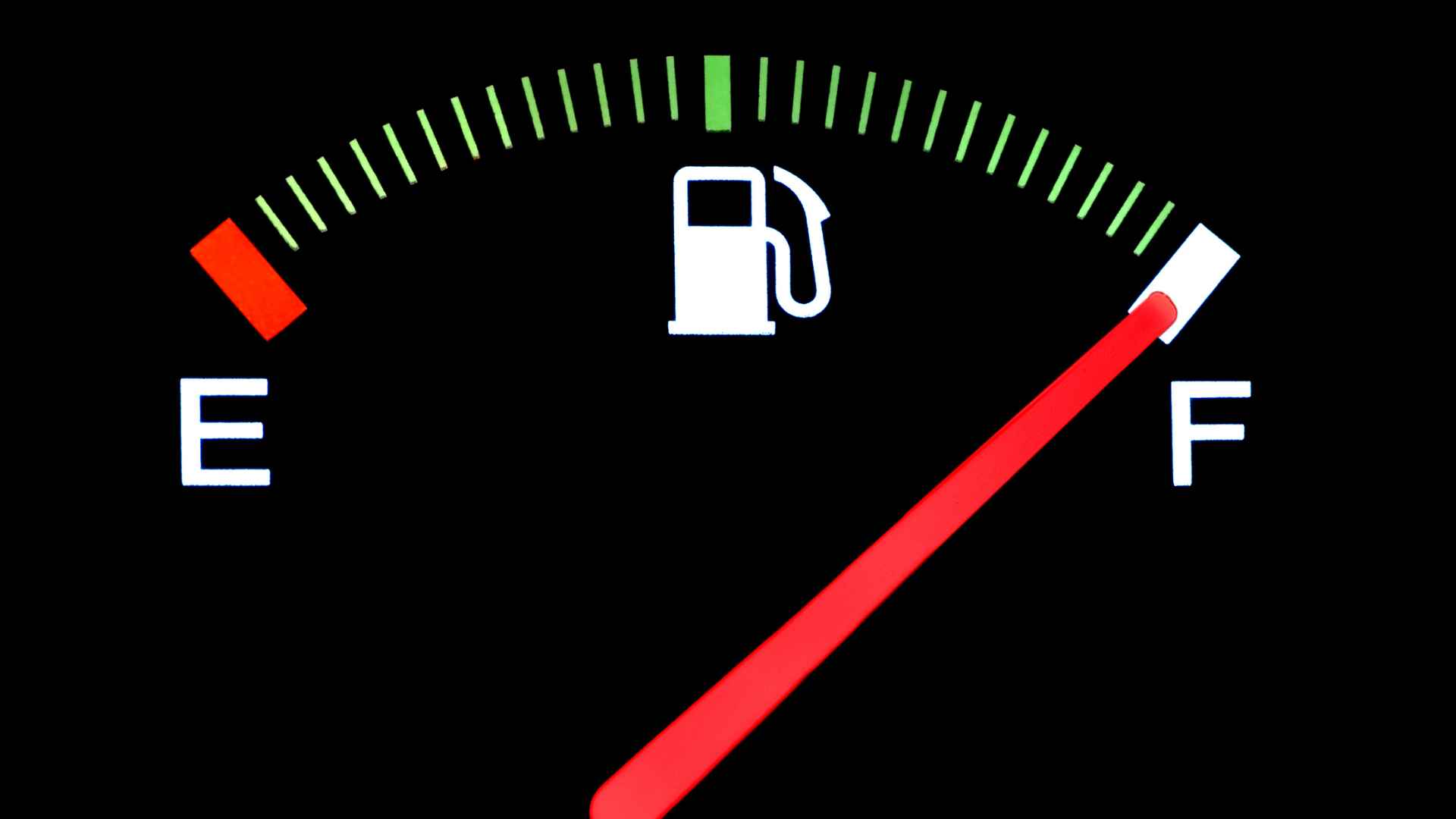
Calibrating and maintaining your boat’s fuel gauge system is crucial to ensure accurate readings and reliable fuel level information. Over time, factors such as wear and tear, electrical fluctuations, or changes in the sender unit’s performance can affect the gauge’s accuracy. Here are some key points to consider:
- Calibration Importance: Calibration involves adjusting the fuel gauge system to accurately reflect the actual fuel level in the tank. Regular calibration helps maintain the gauge’s accuracy, providing you with reliable information about your fuel consumption and remaining fuel. It is particularly important if you notice significant discrepancies between the fuel gauge reading and actual fuel levels.
- Calibration Techniques: Calibration methods may vary depending on the type of fuel gauge and the specific boat model. Consult your boat’s manual or contact the manufacturer for precise calibration instructions. Typically, calibration involves filling the tank to a known level and adjusting the gauge accordingly. Some boats may have digital calibration menus accessible through onboard computer systems.
- Proper Maintenance: Proper maintenance of the fuel gauge system is essential for accurate readings. Regularly inspect the wiring connections and ensure they are secure and free from corrosion or damage. Check the sender unit, which measures the fuel level, for any signs of wear, debris, or malfunctions. Cleaning the sender unit and ensuring it moves freely can help maintain accurate readings.
- Seek Professional Assistance: If you are unsure about calibrating or maintaining your boat’s fuel gauge system, it is advisable to seek professional assistance. Certified marine technicians or electricians have the expertise and tools to diagnose and calibrate the system accurately. They can also inspect the wiring, sender unit, and other components to identify any potential issues and provide the necessary repairs or replacements.
Regular calibration and maintenance of your boat’s fuel gauge system not only ensure accurate fuel level readings but also contribute to overall safety and peace of mind while boating. By taking proactive steps to keep your fuel gauge system in optimal condition, you can trust the readings and make informed decisions regarding fuel management during your boating adventures.
Watch Marine gas gauge testing | Video
How can I determine the accuracy of my boat’s fuel gauge?
To determine the accuracy of your boat’s fuel gauge, it is recommended to calibrate it periodically. Fill your fuel tank to a known level and compare it with the gauge reading. If there is a significant difference, consider calibrating the gauge or seeking professional assistance.
What should I do if my boat’s fuel gauge is not reading accurately?
If your boat’s fuel gauge is not reading accurately, first check the wiring connections and the sender unit for any loose or damaged components. Ensure proper calibration, and if the issue persists, it is advisable to consult a marine technician or electrician for further diagnosis and repair.
Can the fuel gauge be affected by boat trim or rough waters?
Yes, boat trim and rough waters can affect the fuel gauge readings temporarily. When the boat is tilted due to trim or experiencing rough waters, the fuel may slosh in the tank, leading to fluctuations in the gauge reading. It’s important to consider these factors and interpret the gauge readings accordingly.
Should I rely solely on the fuel gauge to monitor my fuel levels?
It is recommended to use the fuel gauge as a primary indicator of fuel levels, but it is also important to monitor fuel consumption and plan refueling stops accordingly. Keep track of your fuel consumption using logs or fuel flow meters to estimate range and detect any unusual changes in fuel consumption.
How often should I calibrate my boat’s fuel gauge?
The frequency of calibrating your boat’s fuel gauge depends on various factors, including the type of boat, usage patterns, and manufacturer recommendations. As a general guideline, it is advisable to calibrate the fuel gauge at least once a season or whenever you notice significant discrepancies between the gauge reading and actual fuel levels.
Conclusion

In conclusion, understanding how to read the fuel gauge on boats is essential for safe and efficient boating. Here are the key points to remember:
- Familiarize yourself with the type of fuel gauge on your boat, whether it’s an analog or digital gauge, and understand its specific features and symbols.
- Interpret analog fuel gauges by observing the position of the needle relative to the scale and markers, such as “F” for full and “E” for empty.
- Read digital fuel gauges by understanding the numeric display or bar graph representation to determine the fuel level accurately.
- Consider factors that may affect fuel gauge accuracy, such as boat trim, rough waters, or sloshing fuel in the tank, and interpret the gauge readings accordingly.
- Monitor fuel consumption in addition to reading the fuel gauge to estimate range, plan refueling stops, and detect potential fuel system issues.
- Regularly calibrate the fuel gauge to ensure accurate readings. Consult your boat’s manual for specific calibration techniques and frequency recommendations.
- Perform proper maintenance, including checking wiring connections and the sender unit, to maintain the accuracy of the fuel gauge.
By following these guidelines, boaters can effectively monitor fuel levels, plan their trips accordingly, and enjoy a safe and uninterrupted boating experience. Remember, if you have any specific concerns or questions about your boat’s fuel gauge, consult your boat’s manual or seek professional assistance for accurate guidance.
Share How to Read the Fuel Gauge on Boats: Troubleshoot Guide with your friends and Leave a comment below with your thoughts.
Read The Advantages of Aluminum Pontoon Decking: A Complete Guide until we meet in the next article.


